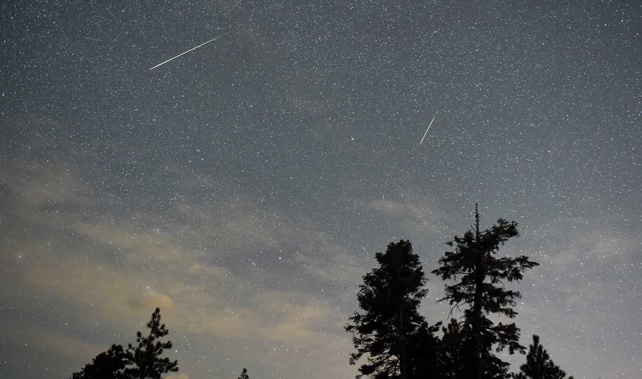
The risk of being struck by a meteor is minuscule, even during the biggest shower of the year, an astronomer says.
Eager stargazers will be out in the early hours of tomorrow morning watching thousands of tiny rocks rain down on Earth during the Orionids meteor shower.
Astronomer Ian Griffin explains that the Orionids meteor shower happens as Earth enters the tail of Halley's Comet.
"It's all basically material that has been blasted off the comet as it goes around the sun and it's this debris trail that the earth will past through."
The meteors range in size from a grain of sand to a pea, meaning most are far too small to make it through the atmosphere.
"It will burn up high above our heads, so you can enjoy the show and you don't have to wear a tin hat to protect yourself."
Cloud obscured the shower during the night, but stargazers looking up around 3am tomorrow morning should be in for a treat.
Take your Radio, Podcasts and Music with you









